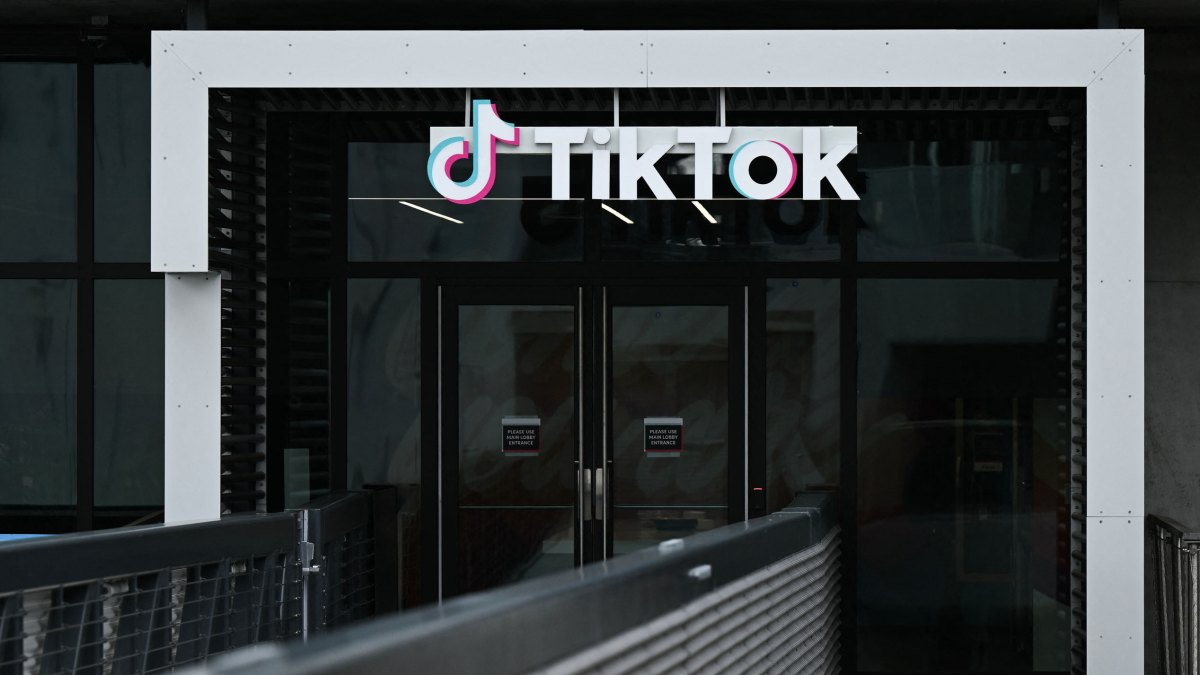TikTok Lite, a low-bandwidth version of the video platform popular across Africa, Asia and Latin America, is exposing users to harmful content because of its lack of safety features compared to the flagship version of the app, according to a new report from Mozilla. The researchers said that TikTok Lite Save Data lacked “proactive user […]
© 2024 TechCrunch. All rights reserved. For personal use only.
TikTok Lite, a low-bandwidth version of the video platform popular across Africa, Asia and Latin America, is exposing users to harmful content because of its lack of safety features compared to the flagship version of the app, according to a new report from Mozilla.
The researchers said that TikTok Lite Save Data lacked “proactive user controls at their disposal” such as the ability to filter offensive content and unwanted keywords, as well as tools to help lessen app addiction (the main app has rolled out screen time and other controls). They also found that TikTok Lite failed to provide warning labels or banners for content likely to cause harm, such as dangerous prank videos or “challenges,” election misinformation and AI-generated content.
TikTok dismissed the findings saying: “There are several factual inaccuracies in this report which fundamentally misrepresent our approach to safety. The fact is content that breaks our rules is removed from TikTok Lite the same way as our main app and we offer numerous safety features which we would have explained if Mozilla asked us before publishing their report.”
Mozilla said it presented their evidence to TikTok but it declined to respond.
“So far they (TikTok) have not refuted any of the evidence that has been presented,” said Odanga Madung, the researcher at Mozilla who led the investigation.
The report underscores one of the more stark disparities around how big technology companies operate around the world. While they have faced growing regulatory scrutiny in developed markets like the U.S. and Europe, that has not equally been the case in emerging markets where regulators have less oversight.
A case in point: TikTok suspended a gamification feature in a version of TikTok Lite launched in Europe earlier this year after EU regulators determined that it was addictive and harmful. The “Save Data” version that has been rolled out across emerging markets has not met with similar responses.
“TikTok’s ‘bite-size’ Lite app is a safety hazard for more than one billion of its users,” said Madung. “It’s the equivalent of removing seat belts and airbags from a car and then selling it to an unsuspecting customer.”
Madung added that it appeared that TikTok sacrificed safety features in the Lite app “to reduce the app’s required bandwidth.”
As with “lite” versions of Facebook, Instagram, and X, the Android-only TikTok Lite is unavailable in the U.S. and the majority of Europe. Rather, it targets users in emerging markets where mobile data can be prohibitively expensive, the majority of phones may be more basic, and network coverage may be more patchy. Popular in countries across Africa, Asia and Latin America, it has been downloaded more than 1 billion times since launching in 2018, according to Sensor Tower data.
The researchers found that lack of safety features on the lite app was in contravention of TikTok’s own policy on Dangerous Acts and Activity, which says that the company does not allow “showing or promoting dangerous activity and challenges.”
TikTok’s lack of user protection is deliberate, the researchers claimed, since the safety guardrails can be integrated without increasing its size.
“The safety features TikTok Lite lacks aren’t complex and are perfectly compatible with a lower-bandwidth app,” said Claudio Agosti, co-founder of AI Forensics, which collaborated with Mozilla on the study. “TikTok’s decision to ignore these safety measures is clearly a choice, not a technical necessity.”

Leave a Reply